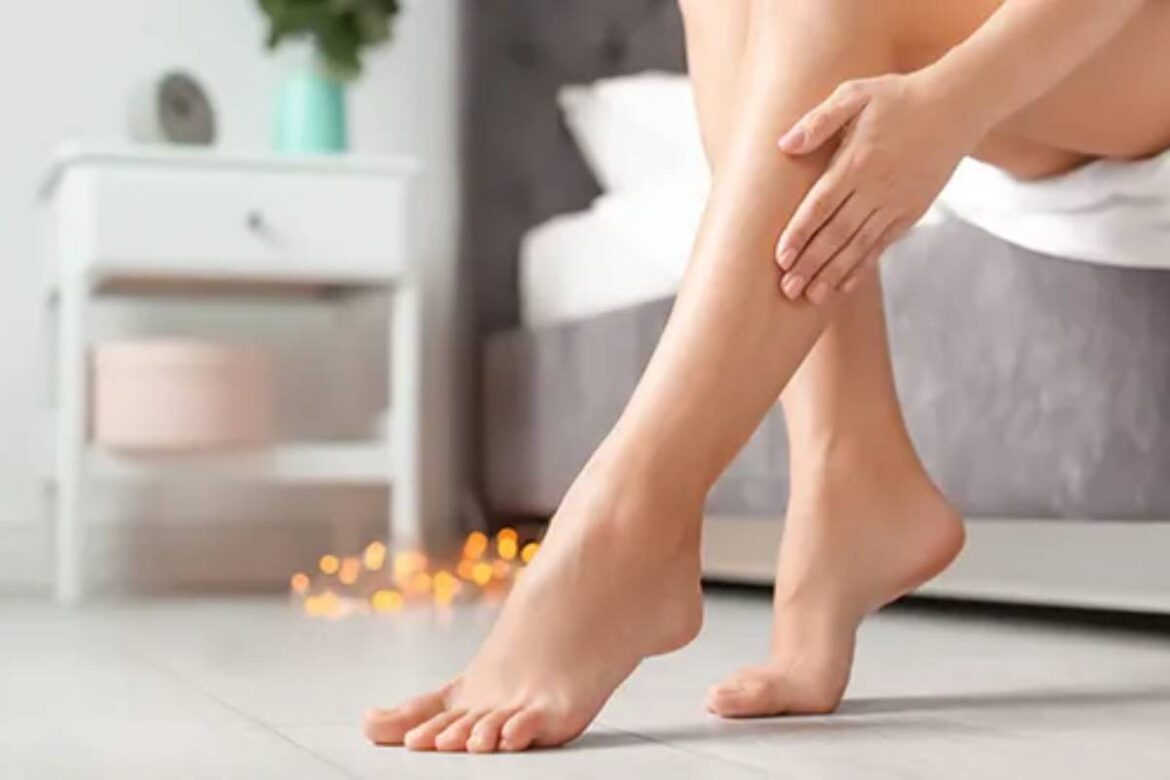Daily Habits for Healthy Legs and Feet: Expert-Recommended Practices
Introduction
Healthy legs and feet play a critical role in daily mobility and overall well-being, supporting movement, balance, and supporting general well-being. Poor leg and foot health can lead to serious issues like varicose veins, foot infections, long-term discomfort and neglecting basic care can cause pain, swelling and circulation problems that reduce quality of life significantly. Establishing simple daily habits is the key to keeping leg and foot health intact and enjoying healthier legs and stronger feet! By being proactive rather than reactive when caring for one’s own legs and feet, complications can be avoided while enjoying healthier legs and feet overall.
Daily Foot Care Habits
Proper Foot Hygiene
Maintaining clean feet is key to avoiding infections. Wash your feet daily with soap and water, paying particular attention to between-toe spaces. Drying them completely also helps avoid fungal infections like athlete’s foot. Good hygiene practices form the basis of healthy feet. CDC Foot Hygiene.
Moisturizing and Skin Care
Cracked feet can lead to infections and discomfort, so applying moisturizer after you wash can be invaluable in keeping them supple and comfortable. Make sure to focus on soles and heels where skin tends to dry out most quickly.
Trimming Nails Properly
Proper nail care is essential for avoiding painful conditions like ingrown nails. Always trim your toenails straight across to reduce the risk of nails growing into the skin, which can lead to infections and discomfort Healthline’s Footwear and Hygiene Tips. Taking a few minutes each week to care for your nails helps maintain overall foot health.
By incorporating these simple habits into your daily routine, you can prevent common foot problems and promote long-term health for your feet.
Footwear Choices and Impact on Foot Health
Choosing the Right Footwear
Wearing supportive footwe4ar is essential to maintaining foot health, helping avoid issues like foot pain, blisters and deformities like bunions. Shoes equipped with arch support, cushioning and good fitting ensure your feet remain safe and protected throughout the day.
Avoiding High Heels and Ill-Fitting Shoes
Prolonged use of high heels or shoes that don’t fit well can lead to foot pain, leg fatigue, and even increase the risk of varicose veins. Ill-fitting shoes put extra pressure on your feet, causing discomfort and long-term damage. It’s important to prioritize comfort over style to prevent these problems Healthline.
Choosing supportive footwear can have a lasting impact on your overall leg and foot health.
Daily Habits to Support Healthy Circulation in the Legs
Regular Exercise for Leg Health
Exercise such as walking, swimming and cycling can significantly enhance circulation in your legs. By keeping blood flowing freely through veins, these activities reduce varicose veins risk while keeping fluid moving – two major contributors to varicose veins. Regular movement also prevents blood from pooling in veins – one major source of varicose veins.
Leg Elevation and Movement
Elevating your legs at the end of each day can help reduce swelling and improve blood circulation, especially for desk workers who sit or stand for prolonged periods of time, straining their veins. Sitting or standing too long causes circulation issues which need to be taken care of promptly in order to stay productive.
Compression Stockings
Wearing compression stockings can be beneficial for those at risk of varicose veins. They promote healthy blood flow and can prevent vein problems. If you’re concerned about vein health, consider consulting a Brooklyn Varicose Vein Doctor for personalized advice on treatment options.
These simple habits can help support long-term leg health and prevent complications like varicose veins.
Nutrition and Lifestyle for Long-Term Leg and Foot Health
Balanced Diet and Hydration
Diets rich in fruits, vegetables and lean proteins help improve blood circulation and vein health by decreasing inflammation and improving overall vascular function. Staying hydrated is also critical in order to avoid swelling and ensure optimal blood flow throughout the body, and staying properly hydrated will prevent leg discomfort as well as promote long-term wellbeing..(Source)
Weight Management
Carrying extra weight puts additional pressure on legs and feet, increasing the risk of varicose veins and foot pain. Maintaining a healthy weight reduces strain on your lower body while aiding circulation problems and ultimately leading to healthier legs and feet over time.
Make smart choices regarding diet, hydration and weight in order to enhance long-term leg and foot health.
Conclusion: Take Control of Your Leg and Foot Health
Daily habits play an integral role in maintaining the long-term health of legs and feet. Routine exercise, proper foot care, and wearing supportive footwear can prevent discomfort while increasing mobility – these practices may even prevent issues like varicose veins, foot pain, and swelling from appearing later. If symptoms exist already, seeking professional assistance such as consulting with a vein specialist might help address any related concerns and keep legs and feet in peak condition for years to come.


